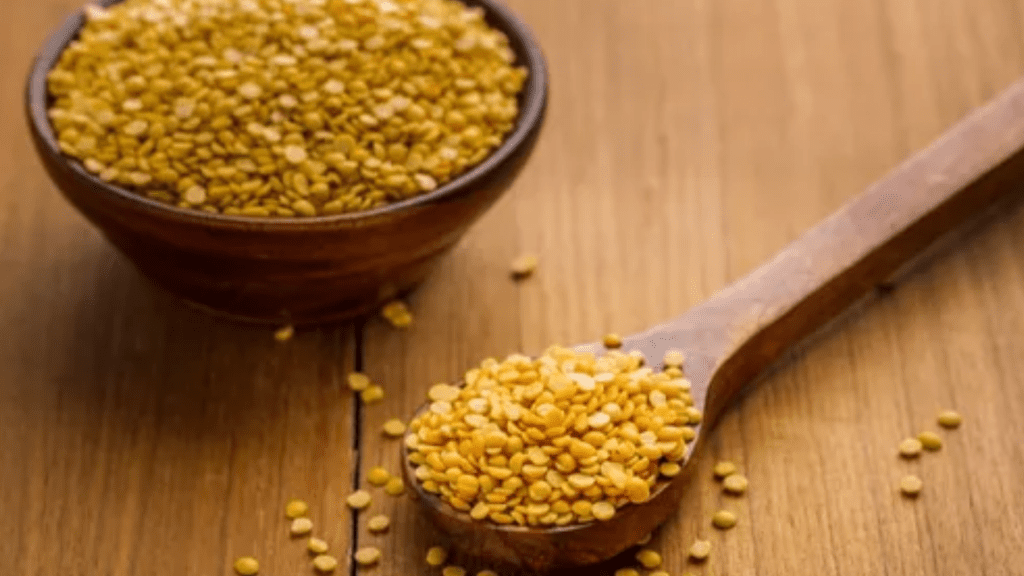The government plans to enhance its tur dal procurement substantially, aiming to raise the acquisition from a few metric tonnes to approximately 8-10 lakh metric tonnes (LMT). This strategic initiative, disclosed by a senior official, seeks to manage commodity prices amidst a year characterized by a diminished pulse acreage and an expected decline in production.
According to government data, the nationwide retail price of tur dal surged by more than 40%, escalating from INR 112 per kg last year to INR 158 per kg this year.
In October, the year-on-year retail inflation for pulses surged to 18.79%, primarily driven by a significant increase in the prices of tur, chana, and moong. This contrasts with the 6.61% food inflation recorded in the same month. Notably, these inflationary pressures persist despite the government’s initiative to boost imports from African nations and Burma by eliminating the import duty on tur in March.
The official, who preferred not to be identified, mentioned that the procurement will take place through the Price Stabilisation Fund (PSF) at market rates, which are significantly higher than the minimum support price (MSP).
The acquisition will be carried out directly from farmers by the procuring agencies, namely the National Agricultural Cooperative Marketing Federation of India (NAFED) and the National Cooperative Consumers’ Federation of India Limited (NCCF). This process will commence at the onset of the season when the kharif crop begins to enter the market, as mentioned by the official.
The initial advance estimate released by the Ministry of Agriculture and Farmers’ Welfare in October indicates that this year’s tur production is projected to be 34.21 LMT, slightly lower than the output recorded in the previous year.
“This will send a message to the farmers that there is a definite buyer in the market, encouraging them to plant more tur in the years to come,” the official said, adding that an increase in area will eventually help in reducing import dependence.
Countries such as Mozambique and Burma, due to their heavy dependence on imports, are influencing terms and causing disruptions in the supply of dal, a widely consumed pulse in the country.
A reduction in the acreage dedicated to tur during the kharif season resulted in a production shortage, contributing to food inflation in recent months. According to government data, the area allocated for tur decreased from 46.13 lakh hectares on September 29, 2022, to 43.87 lakh hectares on September 29, 2023.
